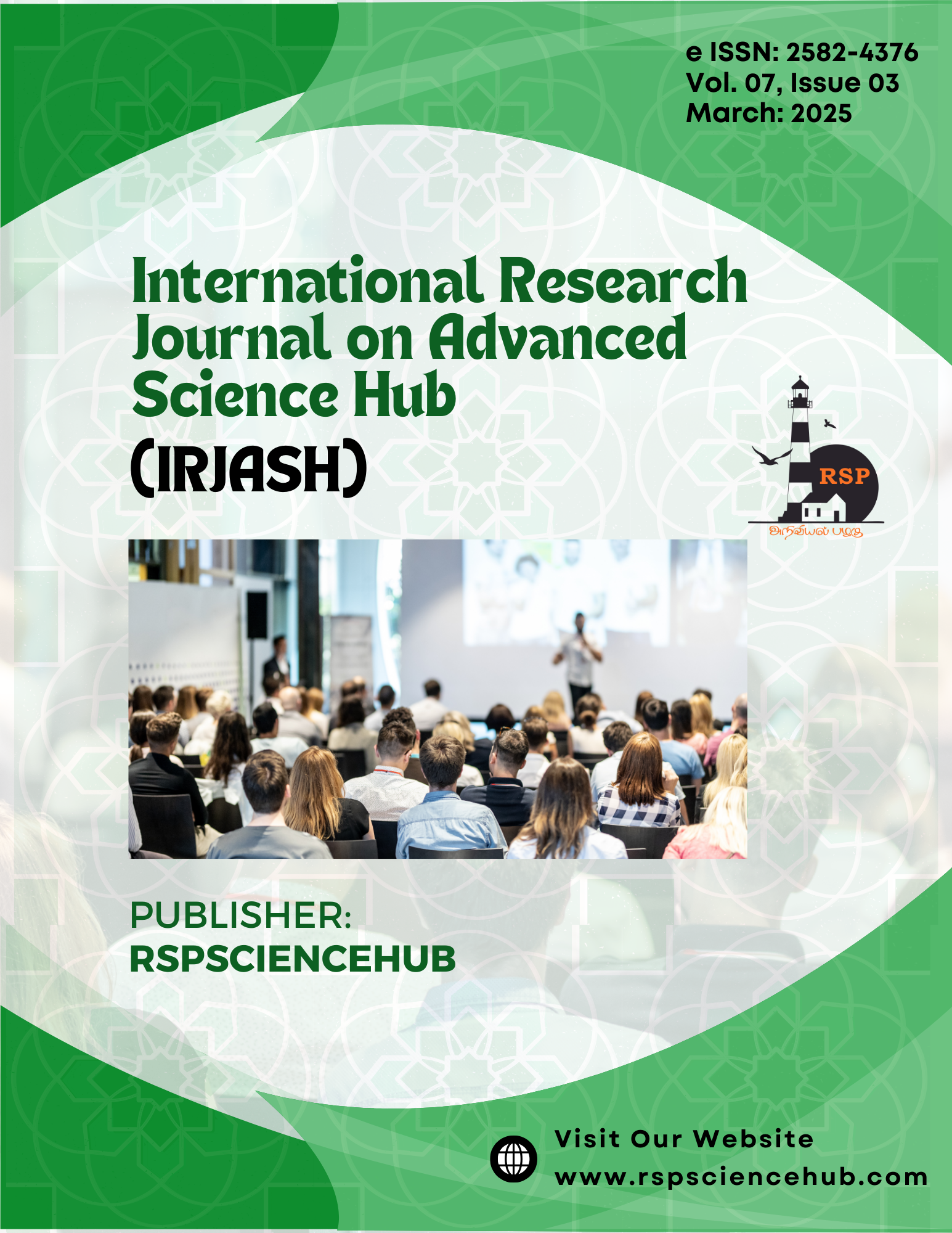A Literature Review On Smart Traffic Management System Using AI
DOI:
https://doi.org/10.47392/IRJASH.2025.022Keywords:
Pollution, Infrastructure, Vehicles, Traffic Management, Smart city, Urban PlanningAbstract
In an urban setting, adjusting to changing traffic congestion is still quite difficult, even with a well build road system and sufficient infrastructure. The 40% yearly growth in car ownership is one of the main causes of issue. Most traffic control systems in use today follow cyclical patterns, changing their lights from red to yellow and back again. Typically, this calls for law enforcement to keep the roads in order. One of the biggest obstacles to the continued growth of smart cities is the rise in the number of vehicles and the inadequate transportation infrastructure. Air noise pollution, health problems associated with the stress and related conditions, fuel consumption, increased fuel inefficiency, and delays brought on by crowded roads are all made worse by high vehicle density. The limits of traffic signal control systems result in longer wait times, more carbon emissions, and more accidents. Regardless of the actual time of the day, all phases in the current fixed time system get signals of the same during peak hours and necessitate manual control by the traffic police at the intersection.
Downloads
Published
Issue
Section
License

This work is licensed under a Creative Commons Attribution-NonCommercial 4.0 International License.





